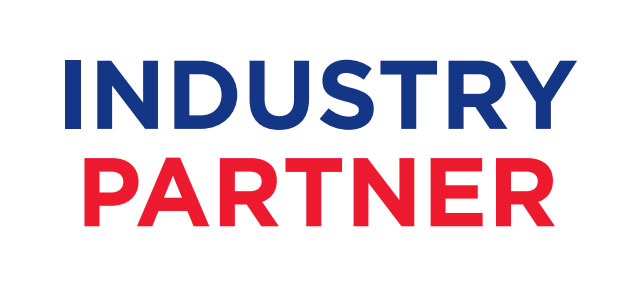The Ultimate Guide to Onboarding a Star Employee: Boosting Success from Day One
Step Five: The Importance of Evaluating, Reviewing, and Providing Feedback to Your New Employee
Welcome to the final step of our series, “5 Steps to a Great Employee.” In this last installment, we will delve into the critical process of evaluating, reviewing, and providing feedback to your new employee. While steps one through four have laid the foundation for success, constant communication and regular feedback sessions are essential to ensure your employee’s growth and development in their new role.
Reviewing Performance: Making an Impact
Your new employee has shown exceptional performance. They have not only mastered the intricacies of their job but have also immersed themselves in the company’s culture. Now is your opportunity, as the owner or supervisor, to make a lasting impact on their desire to stay with your organization. It is crucial for your new employee to know where they stand, not just on day one after training, but throughout their tenure. Regular reviews and feedback sessions establish open lines of communication between supervisors and employees, fostering long-term commitment and engagement.
Evaluating Progress and Identifying Opportunities
Evaluation should be an ongoing process, beginning during the training period and continuing once your employee is fully onboarded. Are they effectively handling the basic elements outlined in their job description? Have they integrated themselves into the company culture, earning the trust and respect of both their peers and you as their supervisor? By regularly assessing your employee’s performance, you can quickly address any weaknesses, identify areas of opportunity, or address sudden changes in behavior or results.
The 30-Day Evaluation
Around the 30-day mark, it is ideal to conduct the first formal review or evaluation. By this point, your employee has had sufficient time to adjust to their new position, demonstrate their understanding of their duties, and engage with the staff to communicate effectively and achieve results. This evaluation should involve a thorough review of the job description, comparing it with the employee’s performance to date. It is essential to engage in a two-way conversation, allowing the employee to address any discrepancies they may perceive between the job description and their actual experience. This an opportune time to acknowledge accomplishments, provide guidance on areas for improvement, and express confidence in their growth within the company.
The 60-Day Evaluation
At the 60-day mark, you will have a clearer picture of your employee’s performance. Begin the evaluation by reviewing the job description and assessing their ability to fulfill assigned duties. Revisit the notes and comments from the 30-day evaluation, acknowledging progress in areas of opportunity or addressing any unresolved issues. Consistent communication between you and your employee should ensure there are no surprises during this review. The outcome of the 60-day evaluation should include setting goals, objectives, and plans for both the short and long term. Having proven their ability to handle job duties, it is now time to explore what goals the employee will set for themselves.
The 90-Day Evaluation
At the 90-day mark, you can evaluate and review your employee’s goal-setting results. Assess whether the goals they set were realistic and attainable. Were they able to motivate the team to work towards those goals? Additionally, use this opportunity to discuss the employee’s future career aspirations and what they aim to achieve moving forward.
Continued One-on-One Meetings and Feedback
Following the 30, 60, and 90-day evaluations, it is crucial to schedule regular one-on-one meetings to evaluate progress, provide guidance, and correct any discrepancies. Your feedback is paramount. Your employee needs to understand how they are performing, how well they fit within the team, and your confidence in their ability to fulfill their responsibilities. All feedback should be direct and constructive, using specific examples to highlight successes and areas for improvement. These discussions should take place privately, in a non-threatening environment, ensuring respect for the employee. Once feedback is given, it is time to create an individualized development plan. What is the employee’s next step? What do they need to accomplish to reach their goals? How can you support them in their professional growth?
Cultivating a Culture of Continuous Improvement
The result of regular evaluations, one-on-one meetings, and constructive feedback is a culture of continuous improvement. This approach benefits not only your business but, more importantly, the individual employee. Companies consistently focusing on developing their team experience lower turnover rates and consistently better performance.
And there you have it – five fundamental steps to creating a successful new employee. By implementing these steps, you can set your employees up for success, foster growth and development, and create a thriving work environment.
Thank you for joining us on this journey through the 5 Steps to a Great Employee series. We hope you found value in the insights and strategies shared. Remember, investing in your employees translates into investing in the success of your organization.
Missed a step? Step 1 | Step 2 | Step 3 | Step 4
This article was written by Marty Tarabar, marty@geckohospitality.com








